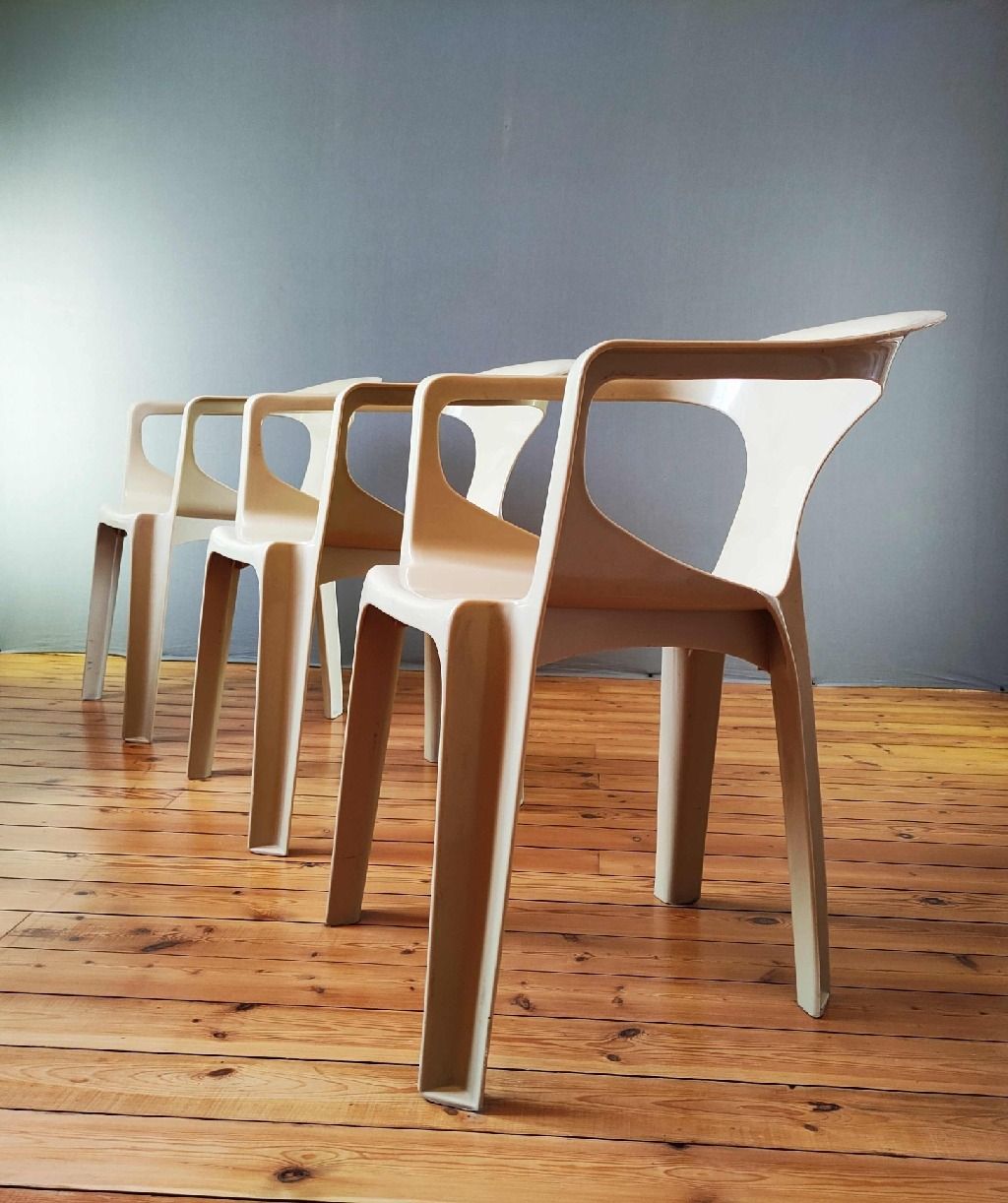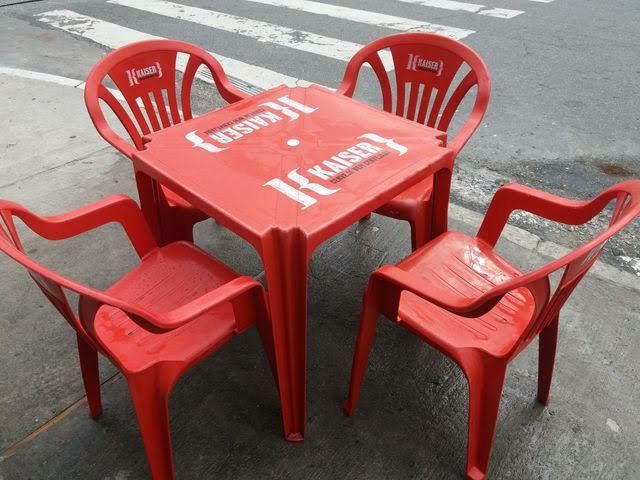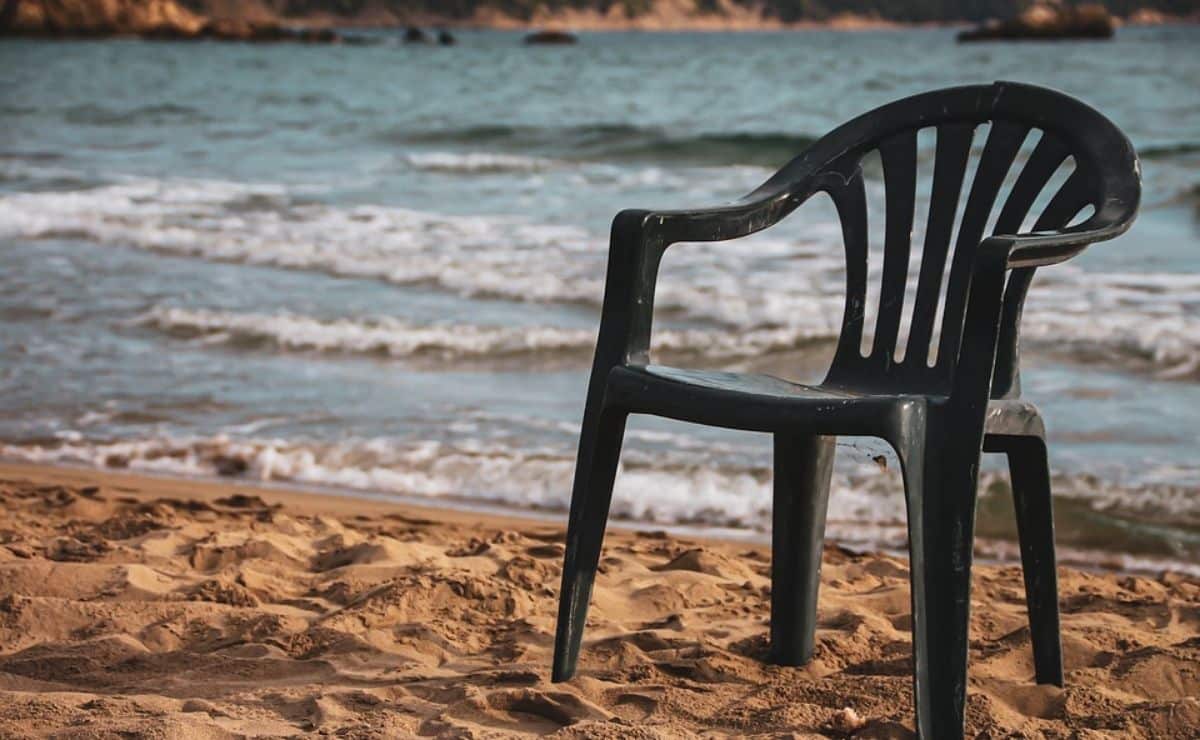The Monobloc chair is present in many places, it can be in a garden, a balcony, a terrace, in a school, a restaurant or on the street. Despite this, this chair seems to be invisible and does not get the attention it deserves.


The term “Monobloc” refers to the construction of the chair from a single piece of plastic, usually polypropylene, using an injection molding process. This method allows chairs to be produced quickly, efficiently and at low cost, which has contributed to its enormous popularity.
The first Monobloc chair was designed by Canadian DC Simpson in 1946. However, at that time the modeling process was not suitable for mass production and the concept was perhaps a bit ahead of its time. Another example of this chair is “Fauteuil 300” by French industrial designer Henry Massonnet in 1972, but it wasn’t until 1983 that we got to see the universally recognized version we know today. With the launch of the Resin Garden Chair, the Grosfillex group created the first of a series produced at such a low cost that it managed to stay on the market at very affordable prices.

The Monobloc chair’s design is simple and highly functional. Its one-piece frame eliminates the need for assembly, making it robust and easy to fabricate. In addition, its ergonomic design, with a slightly sloped backrest and comfortable seat, makes it ideal for prolonged use.
One of the most outstanding features of the Monobloc is its light weight, which makes it easy to transport and store. It is stackable, making it an ideal choice for small spaces or outdoor events. In addition, its plastic material makes it resistant to inclement weather, allowing it to be used both indoors and outdoors.
The Monobloc chair has transcended geographical and cultural boundaries, becoming a symbol of design accessibility. With an extremely low production cost, it has been adopted all over the world, from Parisian cafés to rural homes in Asia and Africa. Its popularity has made it both an object of everyday use and a subject of study for sociologists, designers and artists.

Despite its omnipresence, the Monobloc has been criticized for its association with mass production and the environmental impact of plastic. However, it has also been celebrated as an example of universal design, an object that serves its purpose efficiently and is accessible to millions of people.
Over the years, the Monobloc chair has undergone multiple reinterpretations and improvements. Contemporary designers have experimented with alternative materials, such as recycled plastics and bioplastics, in an effort to reduce its environmental impact. In addition, high-end versions have been created, with custom finishes and colors, seeking to elevate its status from a simple utilitarian object to a prized design piece.


